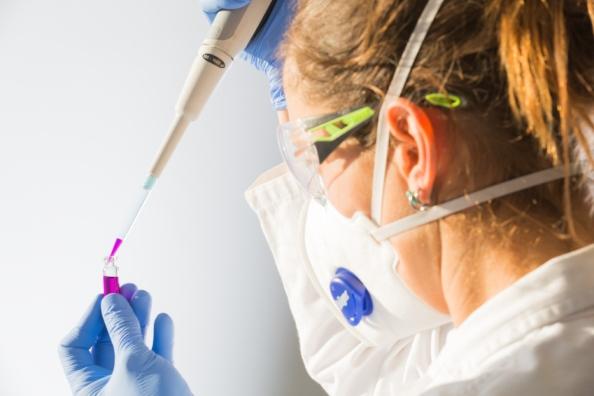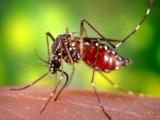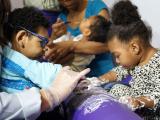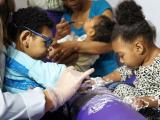The World Health Organization (WHO) said today it is mapping research and development (R&D) projects under way for Zika virus and will be prioritizing some for fast-track development, similar to the role it played when Ebola vaccines and therapeutics were first discussed.
In other international developments, the WHO and other groups highlighted new information that speaks to the complex task health officials have in probing the possible links between Zika virus and two neurologic conditions—microcephaly and Guillain-Barre syndrome (GBS).
Vaccine, testing efforts intensify
For Zika virus, the WHO said diagnostic tests are a top priority, to help separate Zika virus infection from other flavirivus illnesses. The agency said on Feb 5 it issued a call for companies to submit potential products that could be considered under its emergency assessment procedure.
At least 12 groups are working on Zika virus vaccines, all in early-stage development and years away from licensing. The WHO added that some studies on Zika virus prophylaxis have begun and are similar to those for malaria. The agency said that fogging followed by release of genetically modified mosquitoes is also worth considering.
In a related development, the European Medicines Agency (EMA) said it has established an expert task force to help advise on scientific and regulatory issues that crop up in the development of Zika virus vaccines and drugs.
Microcephaly interpretation pitfalls
In other news, Brazilian researchers recently posted some findings from microcephaly surveillance that hint the virus could have been in the country much earlier than thought. The data indicate that the condition of smaller-than-normal heads and underdeveloped brains in infants could be caused by Zika virus infection or something else.
The 4-year study of 100,000 newborns in Brazil's Paraiba state was published last week on the WHO's Zika data sharing portal.
Corresponding author Sandra Mattos, MD, PhD, a pediatric cardiologist in Brazil, told the Australian Broadcasting Corporation (ABC) that nurses collected head circumference measurements on 16,000 of the babies. They found that the microcephaly level was about 1,000 times higher than they expected, going as far back as 2012, with peaks in spring and summer and the biggest peak in 2014—well before the current Zika outbreak emerged.
Mattos told ABC, however, that the spike in 2015 was especially worrisome, because cases were more severe. She added that another unusual feature is that most recent cases aren't paired with heart, limb, and other defects, as is typically seen.
In a related development, a separate set of researchers from Brazil said that interpreting microcephaly numbers is difficult. They reported their findings on Feb 6 in The Lancet.
They wrote that even though there is evidence of a rising number of microcephaly cases in Brazil, the number of suspected cases—which is now more than 4,700—is based on a screening test that includes mostly normal children with small heads, thus overestimating the actual number of cases.
Nations and global health groups should stop reporting suspected cases and focus instead on speeding up investigations with lab and radiologic evidence, they said. "It is also important that health workers measure head circumference in all newborn babies using standardised anthropometric techniques, and report results in [millimeters]," the group wrote.
GBS developments, challenges
Meanwhile, in GBS developments, the WHO today posted statements on findings so far in Brazil and on two cases in Martinique.
Brazil on Jan 22 reported an increase in GBS cases to the WHO: 1,708 cases between Jan 1 and November of 2015. However, it said the pattern is hard to interpret, because some states saw increases, though others recorded stable or even decreasing numbers compared with 2014. The WHO noted that most of the country's states are reporting circulation of Zika, chikungunya, and dengue viruses.
For now, there's not enough data to interpret GBS patterns in Brazil or elsewhere in the world, and case-control studies are under way to help sort out the cause, the WHO said.
In the other report, the WHO described two GBS cases reported by Martinique on Jan 25. Evidence of Zika virus was found in urine samples from both patients. The patients, ages 19 and 55, are hospitalized and on ventilators, the WHO said.
See also:
Feb 8 WHO Zika virus R&D statement
Feb 8 EMA statement
Feb 8 ABC report
Feb 4 WHO data-sharing-portal report
Feb 6 Lancet report
Feb 8 WHO statement on GBS in Brazil
Feb 8 WHO statement on GBS in Martinique





















